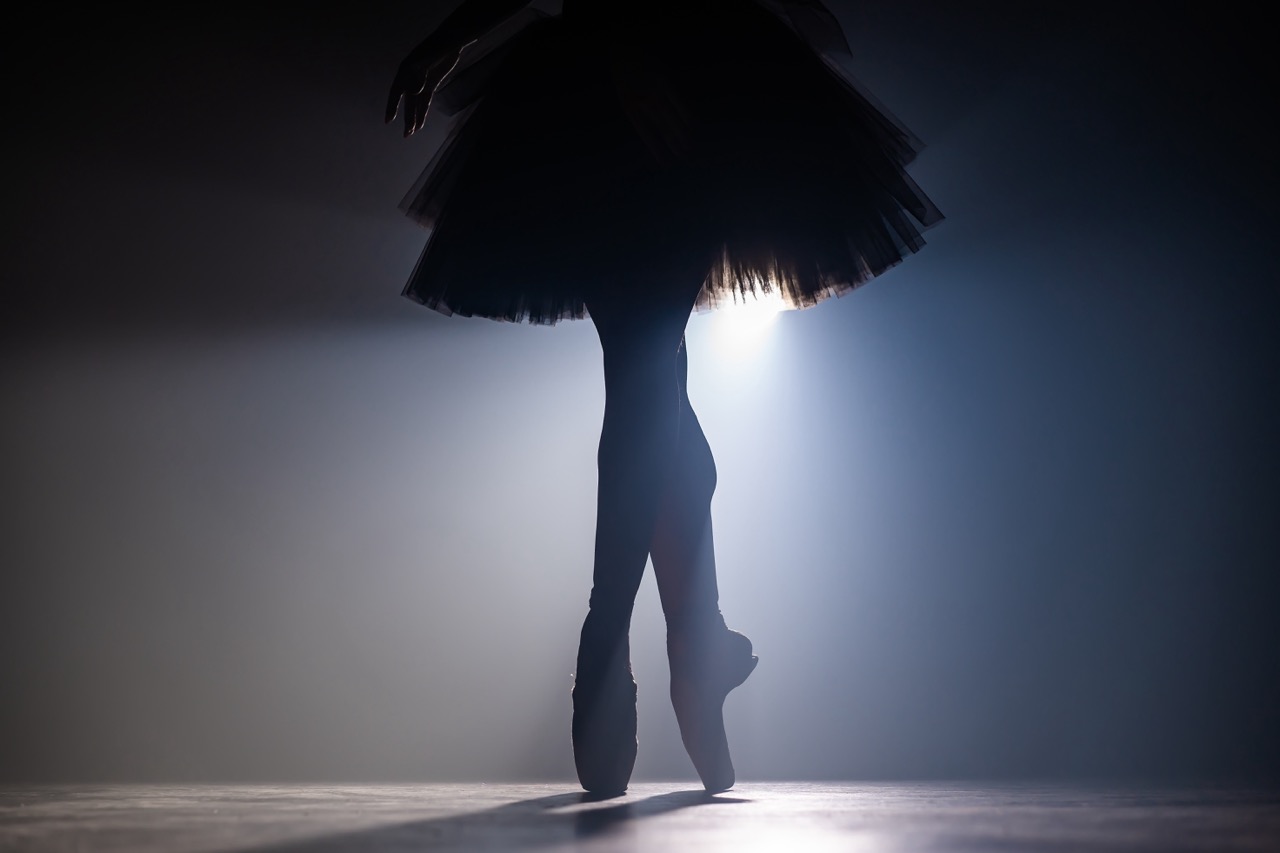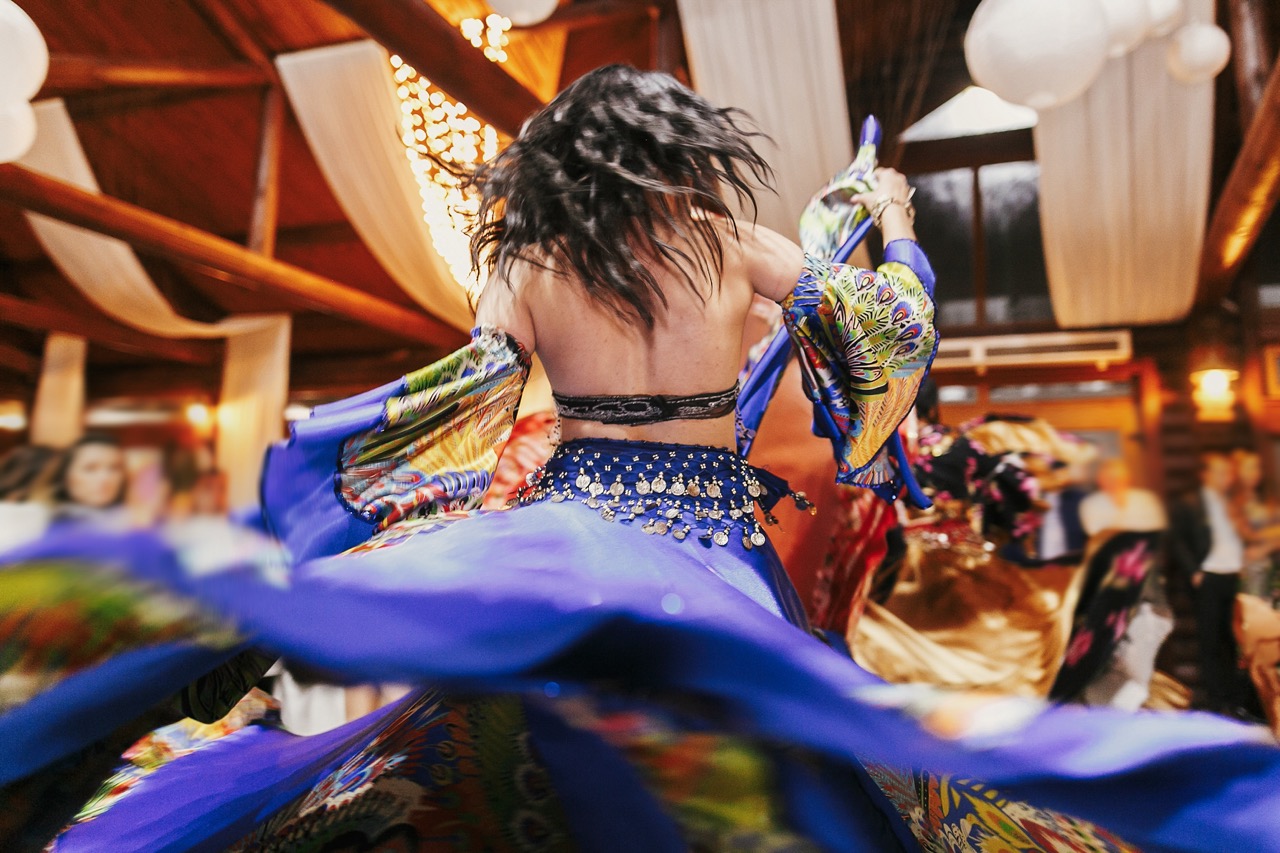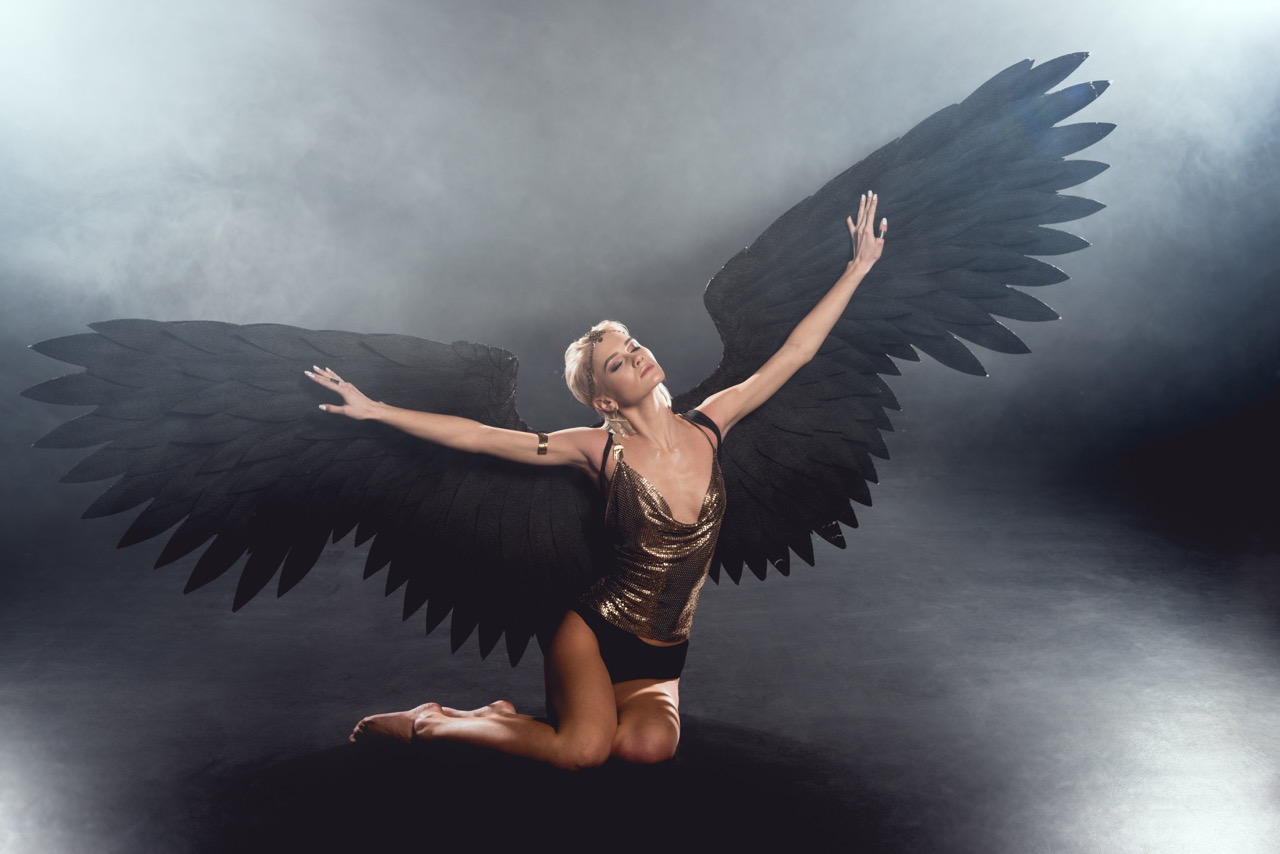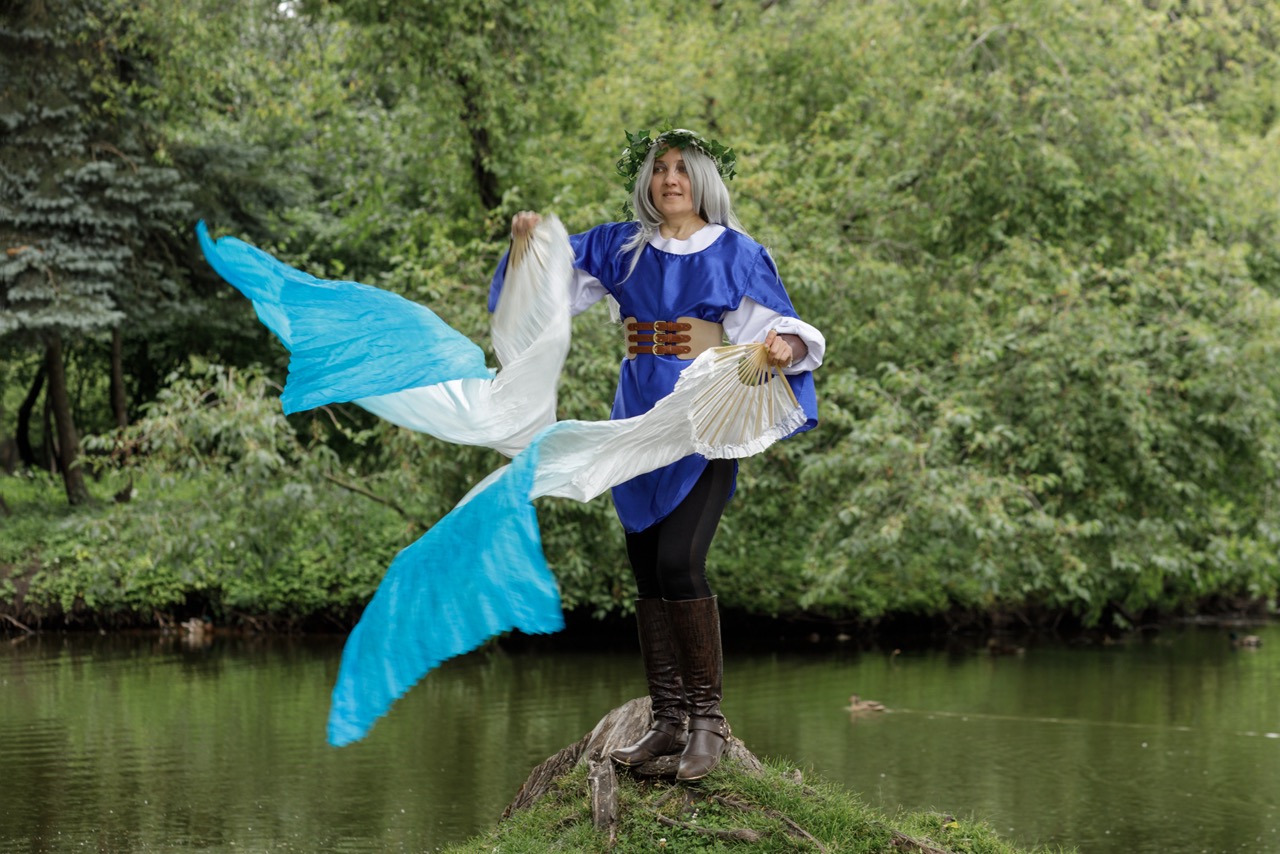Dancing with wings is an ethereal art form that captures the imagination and transports the audience to a realm where gravity seems to bend and flow. This captivating dance style combines intricate movements with the beauty of flight, allowing dancers to express themselves in ways that are both breathtaking and profound. A key element that underpins the magic of this performance is the harmony of balance and coordination. These two components are not mere technicalities; they are the very essence of what allows a dancer to convey emotion, storytelling, and artistry through movement. In this exploration, we delve into the importance of balance and coordination in dancing with wings, highlighting their role in enhancing fluidity, stability, precision, and technique.
Embracing Fluidity: The Dance of Balance and Coordination
The concept of fluidity in dance is synonymous with grace and seamless movement. Dancers who master the art of balance can transition effortlessly from one pose to another, creating a visual narrative that captivates the audience. When wings are added to this dynamic, the dancer’s body becomes a canvas for expression. Achieving a state of fluidity requires an acute awareness of one’s center of gravity and the ability to adjust posture in real-time. This is where balance plays a pivotal role; it allows dancers to maintain stability while executing complex movements that involve lifting and extending their wings.
Moreover, coordination complements balance in establishing a cohesive performance. A dancer must synchronize their movements with the wing’s extensions, ensuring that each motion is deliberate and intentional. This harmony not only enhances the visual appeal of the dance but also reinforces the narrative being communicated. The interplay between balance and coordination creates a rhythm that echoes the pulse of the music, inviting the audience to become fully immersed in the experience. Without this delicate equilibrium, the dance might easily fall into disarray, losing its enchanting quality.
Ultimately, embracing fluidity through balance and coordination transforms dance into a living, breathing art form. It allows the dancer to tell stories that transcend words and capture emotions that resonate deeply with spectators. The connection forged between body, wings, and movement creates a mesmerizing spectacle that encapsulates the very essence of dance—a celebration of beauty in motion.
Elevating Movement: How Wings Enhance Stability in Dance
Wings, whether they are crafted from fabric, feathers, or other materials, serve not only as a visual spectacle but also as a tool for enhancing stability in dance. When a dancer incorporates wings into their performance, they must adapt their center of gravity to accommodate the added weight and dimensions. This necessitates a refined sense of balance, allowing the dancer to maintain control and poise while executing movements that might otherwise be challenging.
The strategic use of wings can also provide external support during transitions and lifts, acting as a counterbalance that enhances stability. For instance, when a dancer extends their arms and wings outward, they create a broader base that can help stabilize their body during turns and spins. This element becomes crucial in aerial movements or jumps where precision is paramount. The wings work in tandem with the dancer’s body, guiding them through the air and ensuring that landings are secure and graceful.
Furthermore, the visual impact of wings can elevate a dancer’s movements, drawing attention to the seamless integration of balance and coordination. As wings catch the light and flutter with each motion, they enhance the narrative of the performance, inviting the audience to witness a dance that transcends the ordinary. In this way, wings not only amplify stability but also enrich the emotional depth of the performance, reinforcing the dancer’s connection with both their body and the audience.
Precision in Flight: The Role of Coordination in Dance
Coordinate movements are vital for achieving precision in dance, particularly when the dancer is working with the added complexity of wings. Each movement must be calculated and executed with accuracy to ensure that the wings complement rather than hinder the overall performance. This level of coordination requires extensive practice and a keen understanding of the relationship between body mechanics and wing dynamics. The ability to maintain alignment and timing is essential for executing movements that demand finesse and sharpness.
In dance, the adage "practice makes perfect" rings especially true. Dancers must continually refine their coordination skills to achieve the desired precision in flight. This involves training the mind and body to respond instinctively to the nuances of movement, allowing for fluid transitions that feel both effortless and intentional. When dancers successfully coordinate their body movements with the flutter and flow of their wings, they create a mesmerizing visual that captivates the audience, transforming each performance into a unique work of art.
Moreover, precision in flight allows for the exploration of intricate choreography that showcases the dancer’s skill and creativity. Movements that require exact timing and synchronization become more attainable when a dancer has mastered the art of coordination. This not only enhances the technical aspects of the performance but also deepens the emotional impact on the audience. Ultimately, the role of coordination in dancing with wings is a testament to the dedication and artistry of the dancer, as they strive to achieve a level of precision that elevates their craft to new heights.
Mastering Technique: The Art of Balance with Wings
Achieving mastery in dancing with wings necessitates a deep understanding of technique, particularly in relation to balance. Dancers must be aware of their body positioning and how it affects both their center of gravity and the movement of their wings. This skill is integral to executing stunts, turns, and poses that require not only strength but also a delicate sense of equilibrium. The mastery of balance enables a dancer to appear weightless, as they float through the air with the grace of a bird in flight.
Training for balance involves a combination of strength-building exercises and technique refinement. Dancers need to develop core strength, which serves as the foundation for stability. When combined with targeted practice focused on wing movements, this strength allows for greater control and fluidity. This control becomes increasingly crucial as the difficulty of the choreography escalates, requiring dancers to seamlessly integrate their wings into each movement without compromising their balance.
As dancers continue to hone their technique, they discover new ways to express their artistry through the interplay of movement and wings. Each performance becomes a unique exploration of balance, offering opportunities for innovation and personal expression. The result is a captivating dance that not only showcases the dancer’s technical prowess but also evokes a sense of wonder and fascination in the audience. Mastering the art of balance with wings is not merely about executing moves flawlessly; it is about creating an unforgettable experience that resonates long after the final performance.
In the enchanting world of dancing with wings, balance and coordination are fundamental elements that breathe life into each performance. These attributes not only enhance the dancer’s ability to express themselves but also transform their movements into a mesmerizing spectacle that resonates deeply with audiences. As dancers embrace fluidity, elevate their movements, achieve precision in flight, and master their techniques, they create a tapestry of artistry that captivates and inspires. The dance of balance and coordination is a testament to the dedication and passion of those who dare to take flight, inviting us to witness the beauty that unfolds when human skill meets the magic of wings.










